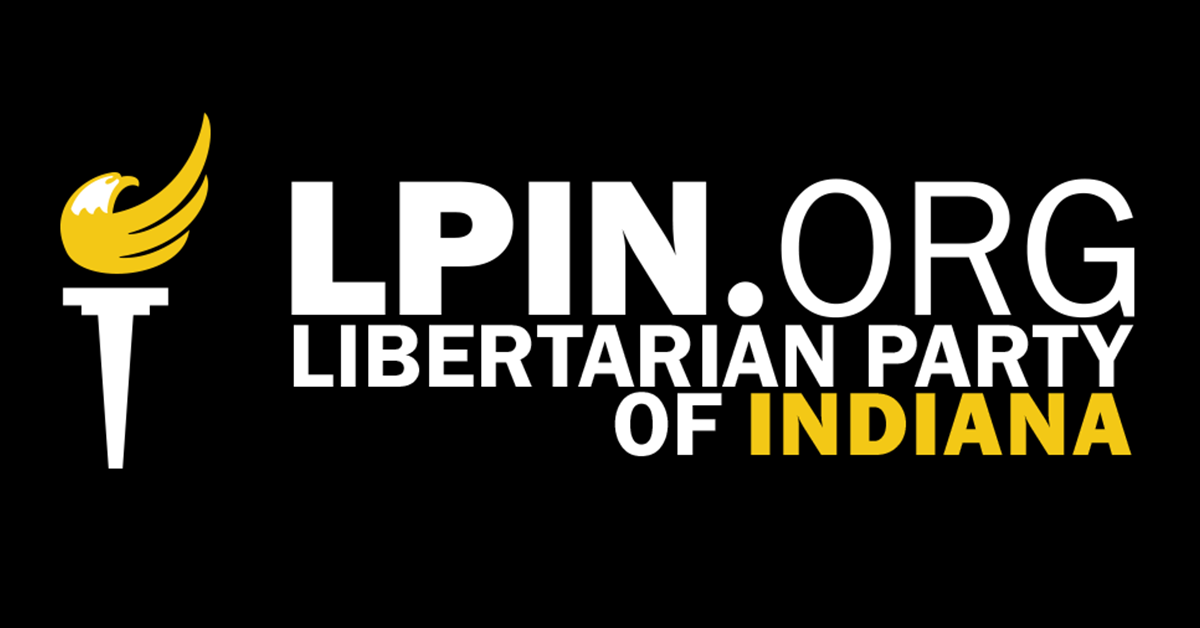Read the entire post at Reason.com.
By Nick Gillespie
So, does keeping the Bush tax rates mean that the government, which has hiked federal outlays 60 percent in constant 2010 dollars since Bill Clinton left office, will be starved for money? Not hardly.
In fact, as Veronique de Rugy and I laid out yesterday, it would be quite easy to balance the budget in 2020 if the government would start early with small, systematic cuts designed to get government outlays about equal to the historic average of government revenue. Since 1950, the feds have brought in average revenue equal to about 18 percent of GDP. In its more-realistic “alternative scenario” budget projections, the Congressional Budget Office estimates that by 2020, revenues will equal about 19 percent of GDP, near the historic average. The CBO’s alternative scenario is based on keeping the Bush tax rates through 2020 and doing various types of AMT patches that reduce the number of people paying the AMT. In other words, CBO’s revenue scenario keeps things the way they’ve been for the past decade or so.
In order to balance the budget by 2020, all the feds need to do is cut 3.6 percent of projected budgets in each of the next 10 years. The table below lays out what this means. The short version is trimming about $129 billion from budgets that average $4.1 trillion. Here, we’ve broken it down by major expenditure categories. CBO estimates the budget in 2016 will be $4.3 trillion; to put us on a path toward balance in 2020, that would call for $128.7 trillion billion in cuts. Spreading those evenly would mean $20.7 billion in defense, $12.9 billion in Medicaid, etc.
Click on the chart or go here for the full argument.

